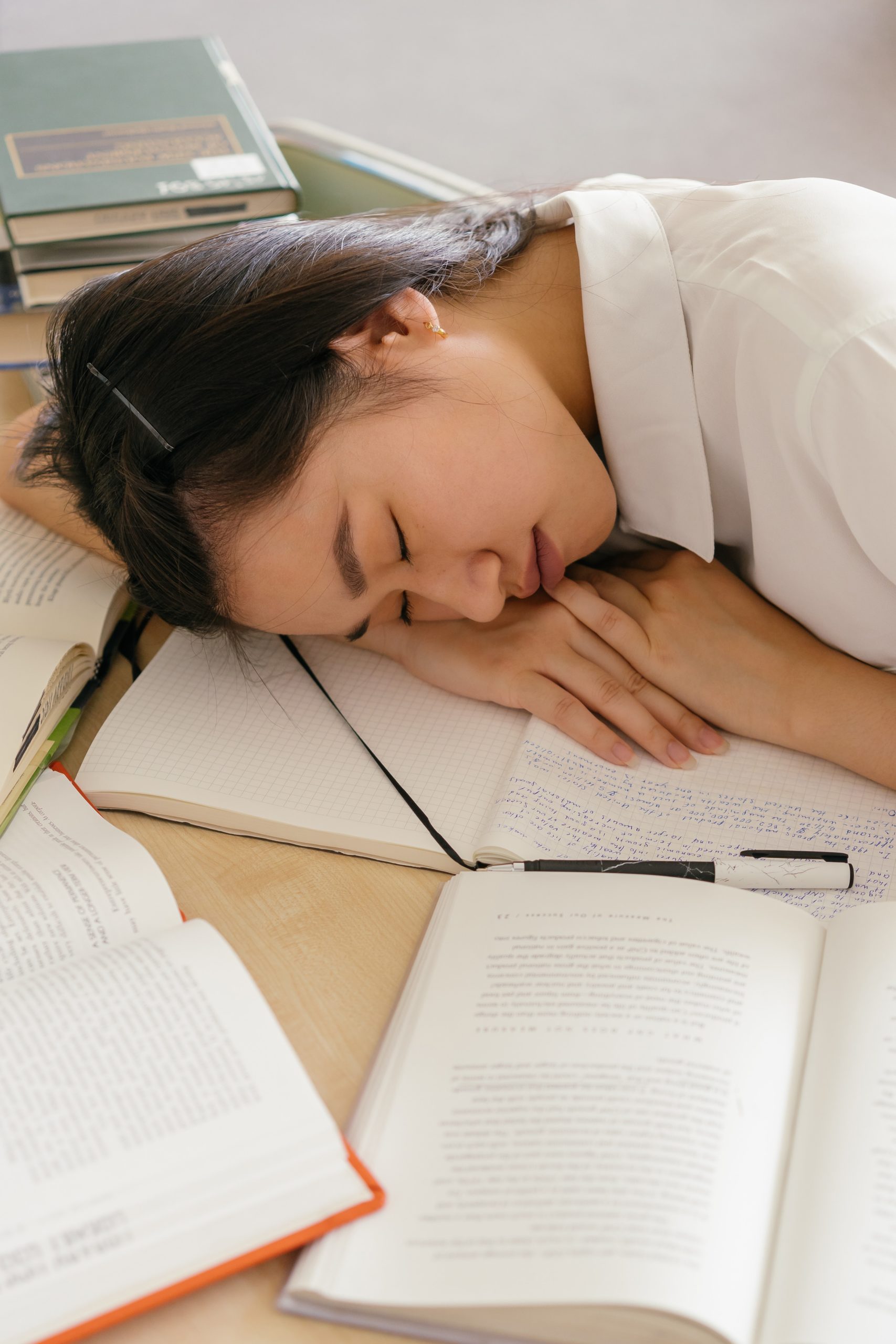Napping can become a way of life, particularly for college students. The busy schedule of college students can certainly induce exhaustion, which, in turn, can make it hard to squeeze in the occasional party on the weekend and can make it even more difficult to finally crack open that textbook right before exams. The remedy to this particular college brand of tiredness is simple–a nap. Napping is a cherished pastime, a survival ritual, the cure to a hangover, among other things, but most importantly, it is an art that can be perfected by any college student. But is there a time frame for napping that can actually help you? And is napping beneficial when there might be a stacked pile of neglected assignments that need to be tended to? Fortunately for the sleep-deprived, naps can become a healthy addition to the day—if done correctly. So, let us dissect the ins and outs of the glorious nap.
Are Naps Helpful?
Sleep is a simple and inherent need for everyone. It can also become an indulgent activity for many, particularly students. While in the depths of REM, many can experience realities that are doubtful to happen when awake, like becoming a homeowner before retirement or the ability to render themselves free of student debt. Dreams of a life that do not include eating instant noodles every day can be helpful escapism, but the act of napping can

also have health benefits that are meant to be reaped by every struggling student. Naps can help regulate emotions, improve memory and your immune system, and improve learning facilities, but these benefits all hinge on the type of nap that is had out of all its two categories.
The perfect nap can take the form of two complex categories: a short nap and a kind of long nap. The short nap can consist of dozing off for a good 10-20 minutes during the morning or mid-afternoon that can aid someone who neglected to sleep for long the night before and instead, stayed up until the middle of the night to inhale a marathon of Dance Moms, or stayed up to study. It is important not to sleep longer than the recommended 20 minutes as it can be difficult to sleep for a full night after napping at length during the day. The kind-of-long nap can be practiced during the morning or noon and can consist of up to 30 minutes of shut-eye for those who luckily acquired the recommended 8-9 hours of sleep. These quick naps can also help young adults feel more rested, productive, and ready for a long night of studying, homework and reality show binges they may have ahead of them.
Perfecting the Art of Napping
To have a decent, healthy nap requires some precision, good time management and a strong desire to forgo responsibilities in favour of passing out on a pleather couch. An adult settling in for an extremely long nap can actually have adverse effects, like an increased risk for depression and heart disease. To avoid this, it is helpful to set an alarm when you nap to ensure your nap is timed between ten minutes to an hour. Having a power nap for short intervals can almost guarantee that you will wake up feeling refreshed instead of groggy as you were only in the early stages of your sleep cycle. Napping can be quintessential for a student’s health, as studies indicate that more sleep-deprived students are more likely to physically suffer, which can then result in poor grades. In fact, sleep deprivation in undergrads can cause behaviours and moods equivalent to binge drinking and excessive marijuana use.
Contrary to some popular belief, napping can contribute to the success of any student trying to survive the tiring world of academia. Sure, coffee is a popular alternative, but ingesting a cup of caffeine only provides a 15-30 minute boost and multiple trips to the washroom, whereas napping provides a boost that can last hours while also allowing you to file away any recently consumed knowledge in the most effective manner. Because of the endless benefits of the nap, it might be wise for any sleepy student to take time out of their day to sleep on that oddly smelling chair in study hall for a few minutes, or to treat that overly expensive textbook in front of you like the drool-stained pillow in your dorm room.
References
American Academy of Sleep Medicine. “Poor Sleep Equal to Binge Drinking, Marjuana Use in Predicting Academic Problems.” June 1, 2014, https://aasm.org/poor-sleep-equal-to-binge-drinking-marijuana-use-in-predicting-academic-problems/
Fry, Alexa. “Napping.” Sleep Foundation, January 20, 2022, https://www.sleepfoundation.org/sleep-hygiene/napping
Healthline. “Best Nap of Your Life.” N.D., https://www.healthline.com/health/healthy-sleep/how-to-take-a-nap
Waxman, Olivia. “Napping Around: Colleges Provide Campus Snooze Rooms.” Time, August, 29, 2014, https://time.com/3211964/nap-rooms-at-universities/






